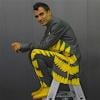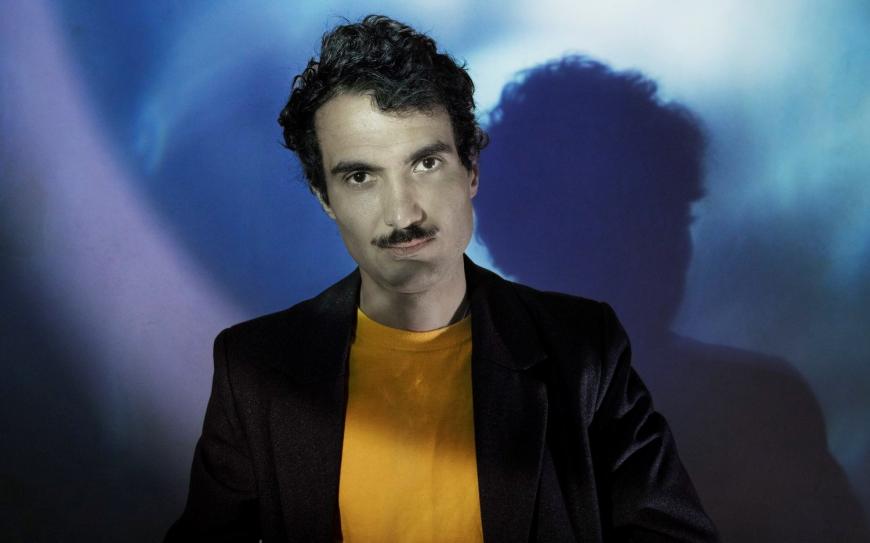
There’s a tender sublimity in Tigran Hamasyan’s music. It’s a feeling that’s alive in the ornate rhythms and patterns he sets in motion, spinning wildly like clock gears; alive in the thick chords and smooth progressions he offers, which often range from wistful and filmic to twisted and angular; alive in the melodies he draws from seemingly disparate worlds — Armenian folk music, rock, jazz, Western classical — as they find proximity in and across his solos. Listening to his work, attending to its layers, can feel overwhelming, like gazing at a city from a high scenic overlook or peering at sand through a microscope. Each detail becomes an unforgettable shock of scale, an invitation to sit with just how much there’s still to learn.
Fans of Hamasyan’s work — which, based on a quick search of “Tigran Hamasyan covers” on YouTube, seems to be half the Internet — likely remember feeling floored, as I was, when first encountering his music, delighted by its audacity. The ways he builds phrases, the care he demonstrates in creating musical time, the procedures he uses to invent forms — these are all subjects for serious listening and study. Records like A Fable (2010), Shadow Theater (2013), Mockroot (2015), and The Call Within (2020) fuel the spirit and are portals to renewed world wonder. Listening to him slam distinct musical traditions together to create a new aural home, a personal musical geography, is like overhearing someone cracking the code of a generation’s poetics — a way of speaking of and to a world built on cultural collision, difference, and connection, a way of making music that foregrounds how stories and people travel.
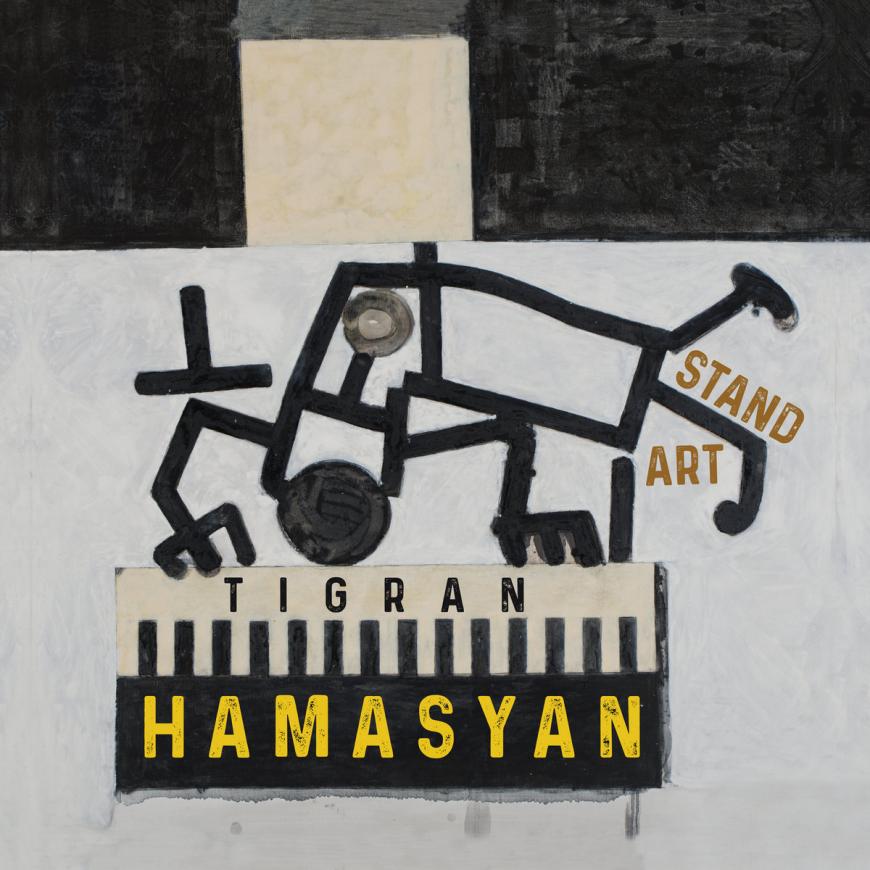
Hamasyan, 35, has released 12 albums to date and has received numerous accolades for his work, including the top prize at the 2006 Thelonious Monk Institute of Jazz International Piano Competition, which he won when he was just a teenager.
His latest release, StandArt (2022), sees him and his collaborators, including Joshua Redman, Ambrose Akinmusire, Mark Turner, Matt Brewer, and Justin Brown, reworking jazz standards in novel, even provocative ways. Classics such as “Big Foot,” “Laura,” “I Should Care,” and “All the Things You Are” become, in this group’s hands, sites of creative destruction, cross-cultural lyricism, and tender reworking.
Recently, I had the opportunity to speak with Hamasyan in advance of his upcoming U.S. tour for StandArt, which includes a Nov. 12 date at Royce Hall, presented by UCLA’s Center for the Art of Performance. During our conversation, he shared his thoughts on the ever-daunting task of trying to say something new with jazz standards, on pushing oneself technically to discover new aesthetic possibilities, and on music as a route to transcendent experiences.
StandArt is a project that reimagines jazz standards through your own distinctive musical language, your own perspectives and life experiences. How did the idea for this project come to you? How did you go from choosing standards and workshopping them yourself to collaborating with other musicians on new arrangements in the studio? What was your creative process like?
Well, let me start by saying that I come from both a jazz and rock background. I think I initially emphasized jazz a little more because I loved improvising. Even when playing rock riffs and stuff, when I was a child, I would improvise my own songs without even knowing what I was doing. This idea of loving improvising and just naturally loving to create stuff on the spot — it’s just really always been part of me.
Then, when I got a little bit older, I went through a phase of really getting deep into bebop and post-bop, and then slowly discovering Armenian folk music. For a while, I was writing my own music, playing standards, and listening to jazz — being in jazz. It was a huge part of my life, and it still is. My life doesn’t exist without that, let’s just say.
So for StandArt, it was only natural for me to dive deep into this repertoire. I had been delaying it for a long time, giving priority to other projects. But then, when the pandemic hit, I just had a lot of time, so I slowly started to work on some tunes, just melodically at first. I realized that these standard melodies could be folk melodies, and when I play them, I treat them like they’re Armenian folk melodies.
It's also really daunting to actually dive into that repertoire of standards … because you have this reference of all these ridiculously incredible versions and recordings made throughout the history of jazz. It’s a big challenge to say something new by playing standards. I think that’s maybe why it took so long for me to actually do this record. And I’m still definitely not satisfied at all with the result. Working on this music is going to be an ongoing process for the rest of my life, for sure.
I actually ended up arranging a lot more music than ended up on the record, and it was through this long process that I channeled my ideas. I tried to put the ideas I developed on my other records — my original music and my arrangements of Armenian folk songs — into these famous standard melodies and existing forms and to present these songs channeled through my world, harmonically and rhythmically. The idea for the whole thing was to create different forms within these conventional standard forms — to improvise and challenge myself with these standards and come up with a complicated harmonic language to improvise on and some rhythmic ideas to push myself a little bit.
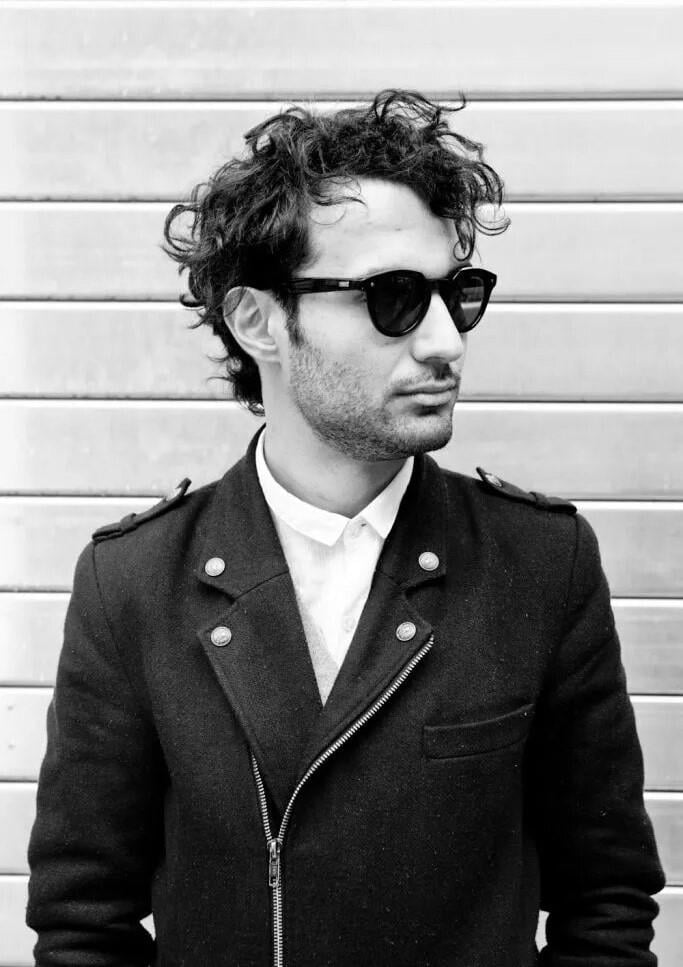
Would you mind speaking a bit on how you conceive of the relationship between composition and improvisation? It’s an old question, overplayed even, but maybe still useful for what it can reveal.
I think it all helps. Studying composition definitely helps improvising and vice versa, but oftentimes, it’s hard for people to become good at both. From the improviser’s standpoint, when you are coming from the world of improvising and you are just starting to write down ideas, it’s really challenging to actually write down exactly what you want to say because the essence of improvising is that you don’t write it down.
It happens oftentimes, when an idea comes to me through improvisation and I’m recording it and then I start working on it, making a tune out of it, that I end up listening back to it, and I’m like, “Actually, this original thing that I played sounds better than what I’ve composed.”
Obviously, it isn’t this way all the time. It’s really just about finding a balance. That’s how anyone writes music, by improvising, but the challenge comes in the ways that you channel it, direct it in a way that, if you’re making compositions, the initial feeling of that improvised idea doesn’t get lost.
If you balance things out, then you can develop both sides. Then, of course, it depends what kind of education you have and what kind of music you’ve been listening to. For me, coming also from a rock background, listening to a lot of rock music and also a lot of classical music, composition has been a big part of me, too.
Your music has a distinctive rhythmic energy that many listeners immediately latch onto. How do you feel your musical influences — jazz, rock, classical, Armenian folk — have informed your rhythmic vocabulary?
Well, I started just like anybody else. My rhythm was actually really bad.
I can’t imagine that!
It’s true. I first acquired all my initial rhythmic knowledge when learning bebop and rock. But I didn’t start getting into more complicated rhythmic structures and playing in odd meters and metric modulations and everything until I got over bebop and started writing my own music.
And then, when I got into Armenian folk music, things changed more because I realized that, even though knowing bebop and coming from that background really helped me in many ways, I had to completely forget everything harmonically and rhythmically I had learned from that music. I felt [it] didn’t work with Armenian folk music. There was a different kind of feel. Now, though, I’m realizing that the two feels actually do work together. But to learn that, I had to do some searching.
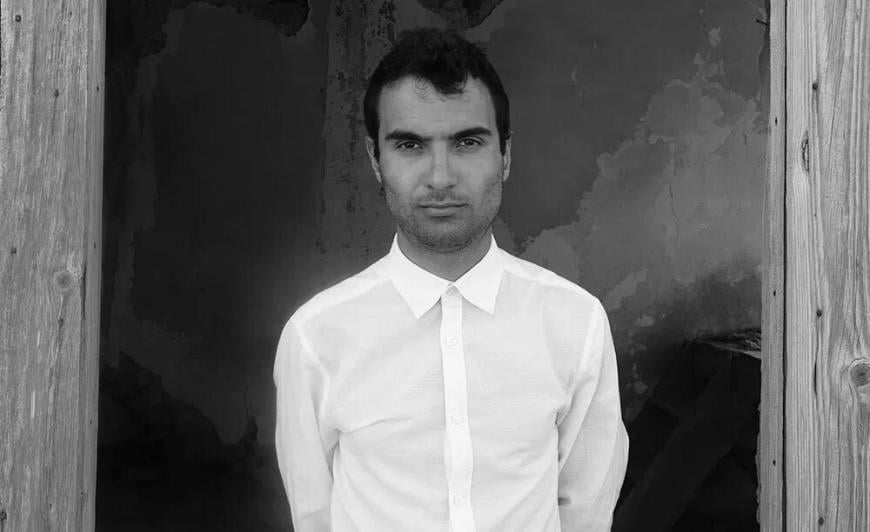
Eventually, this is how I got into rock bands like Meshuggah, Tool. I also started listening more to all sorts of different genres within Armenian folk music, whether it was dance, singing, ad-lib singing, which can be really crazy rhythmically, and also wedding music or work songs, everything. There’s so much complexity.
A lot of songs don’t start on one, for example. A lot of them start on the “and” of one or two or the “and” of two. On tour, we would always debate with Ben Wendel — like, “Check out this folk song. Where is one? Where do you think one is?” Everybody always has a different opinion because it’s kind of weird and unexpected. So, getting deep into Armenian folk music, you can’t help but learn a lot about rhythm.
At the same time, when I realized, “Oh, there are more complicated rhythmic structures out there,” I specifically started challenging myself, studying and getting better at different rhythmic ideas and phrasing. It was really difficult at first. There were a lot of ways that I practiced — I made playlists of nothing but songs in seven, for example, and wrote down ideas that I wanted to try within that seven. But the bottom line is that I learned, with rhythm, that you have to feel it — you have to get to a point where you’re not thinking about it anymore. When you reach this point, things just come naturally. Then, of course, comes the most difficult part of it all: harmony. “Okay, I’ve got the rhythm, but now how am I going to use this rhythm in a harmonic context when I’m improvising?”
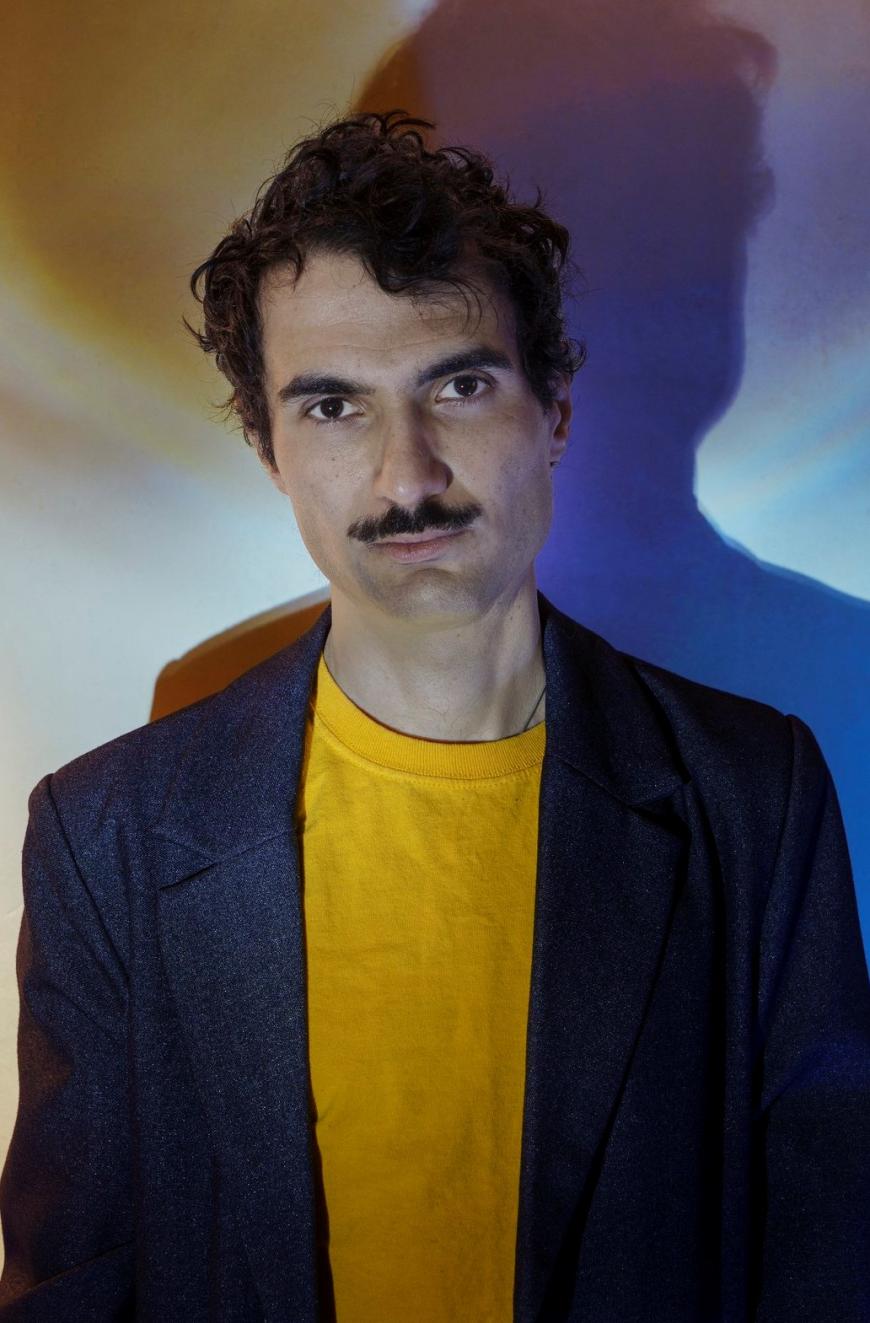
Now with all of this in mind, thinking again about StandArt … you’re working on these cherished melodies during the pandemic, coming up with new arrangements. And then, you eventually collaborated with other musicians. What was the recording process like? You recorded everything in Los Angeles, right?
Yes, we did. We had, like, two rehearsals basically. Then, just studio time. Four days in the studio, and that was it. Honestly, I had really been wanting to do something with Matt Brewer and Justin Brown. I had imagined that band specifically, that trio, and when we got together, things just flew together really naturally because those guys are incredible and also, somehow, it was right for this music.
And you featured some guest artists, too?
Yes, exactly. There’s also some players that I’ve always wanted to play with but never had a chance. I played with Joshua Redman a little bit when I was young, but not really on a specific project. It was really incredible having these jazz giants joining in — everybody brought something very special and very different from each other. It was really, really great to work with them. I really hope to continue developing things with them.
Do you have some favorite memories of those four days in the studio?
One favorite memory was, honestly, when we first started playing “Big Foot.” We heard it on tape, the recording of it, and it was a lot of joy. Then, also, the recording of “Softly, as in a Morning Sunrise,” we just took it super fast, and none of us were thinking it was going to be the take. It was just us fooling around, in a way; I took it super fast, and we were all just like, “Let’s do it!” That one ended up being the take because it was so relaxed and the flow of it was so much better than on any of the other takes. The improv section of that take was great because of that relaxed feeling. For me, some in-depth lyrical things came out during that take. It was something very special for us.
Then, there was another point that I remember clearly: It was that duo with Mark Turner. We did three takes. Well, we did two takes, and then we decided, as Mark put it, “Let's do one not for the college kids.” [Laughs.] Just something simpler. We moved through these takes to arrive at something much simpler, less intricate. And it ended up being the take. This was definitely also a magical moment during the set.
And the song with Ambrose Akinmusire, honestly — the duo “I Should Care” — we didn’t even rehearse this. We basically played eight bars, and we were like, “Okay, we need to keep this when we record.” It was basically the first take, and we just played it. That’s the take. Then things were really fresh and in the moment.
You’re about to go on tour in the U.S. What do you hope for listeners to experience at your shows?
I want them to experience joy, first of all. But also, I always think that with playing music, or just creating art in any form, the primary goal should be some kind of a spiritual experience that you have, whether you’re at a show or going to a museum or anything. It’s something deep. I’m looking to have a deep impact on the listener that changes something for them or gives them this feeling of, not only having fun, but also allowing for their own spiritual thoughts to come through, to create some deep inner experience. This is the goal of playing music, for me. And that’s because I have this spiritual experience when I play. For me, it’s like, when things are really happening for us onstage, we’re actually gone, outside the material realm. This is the type of thing I want listeners to feel. This is the step beyond the aspect of just having fun.
A kind of transcendence, a moving out of oneself.
Exactly, yes.
Is there anything more you’d like to share about the upcoming concerts that you’ll be playing in the U.S.?
Well, we will have some special guests joining us on four of the concerts. Gretchen Parlato is going to join on a few songs on the L.A. concert. Walter Smith III is going to sit in at Berklee along with the Pletenitsa Balkan Choir. I arranged one of the pieces from the record for the choir and trio, and it ended up being a 10-minute piece. Then, Immanuel Wilkins is going to sit in in Philadelphia. And then, we have a secret guest for New York, who I can’t announce yet.


